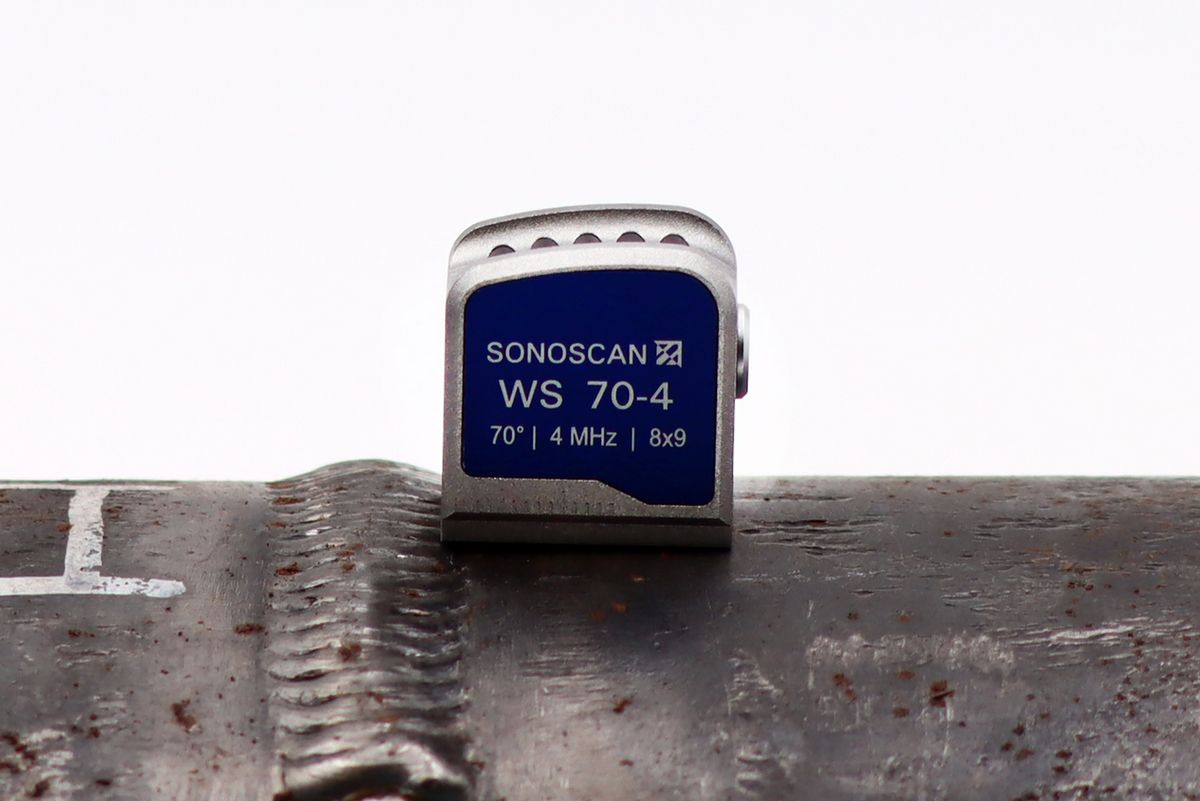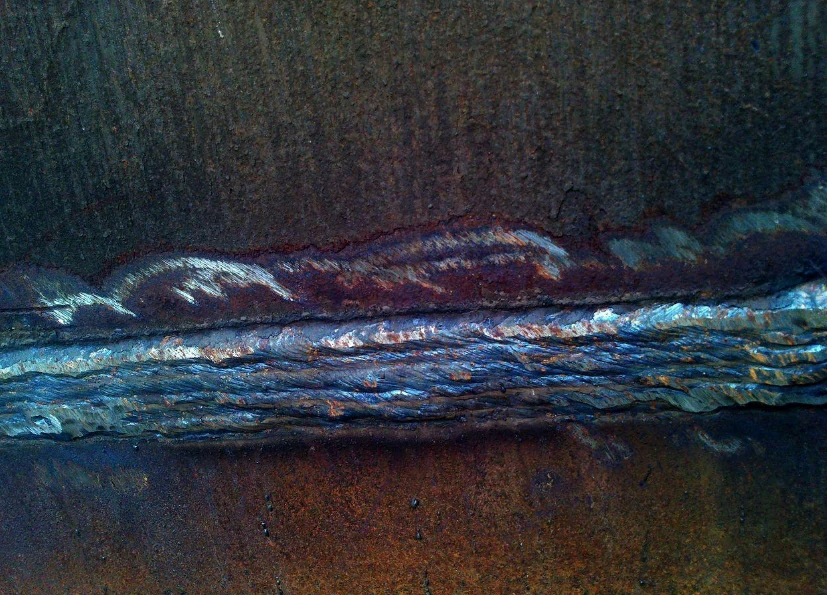Just How to Prevent Weld Undercut: Vital Tips for Welders
Just How to Prevent Weld Undercut: Vital Tips for Welders
Blog Article
Grasping the Art of Welding: Just How to Prevent Undercut Welding Issues for Flawless Construction Outcomes
By understanding the origin creates of undercut welding and applying effective methods to prevent it, welders can raise their craft to new degrees of excellence. In the search of flawless construction results, mastering the art of welding to prevent undercut issues is not simply an ability but a necessity for those striving for perfection in their work.
Understanding Undercut Welding

To protect against undercut welding, welders need to guarantee proper welding parameters, such as readjusting the present, voltage, travel speed, and preserving the right electrode angle. By recognizing the causes of undercut welding and applying preventive procedures, welders can achieve high-quality, structurally sound welds.
Reasons For Undercut in Welding
Comprehending the aspects that contribute to undercut in welding is important for welders to create top notch, structurally sound welds. Damaging takes place when the weld metal does not properly fill up the groove created between the base steel and the formerly transferred weld metal. A number of variables can lead to undercut in welding. One common cause is too much heat input. Welding at high temperature levels for prolonged periods can result in the base steel melting greater than wanted, bring about damage. Poor welding incorrect or present welding rate can additionally add to undercut. Inadequate current may not supply adequate warm to melt the base and filler steels adequately, while too much speed can stop proper combination, triggering undercut. In addition, inappropriate electrode angles or incorrect torch manipulation methods can develop locations of reduced weld steel deposition, promoting undercut. Recognizing these reasons and applying correct welding techniques can assist stop damaging problems, guaranteeing sturdy and solid welds.
Methods to stop Undercutting

To reduce the danger of undercutting in welding, welders can utilize tactical welding methods targeted at enhancing the top quality and integrity of the weld joints. One effective method is to change the welding parameters, such as voltage, current, and take a trip speed, to guarantee appropriate warmth input and deposition. Maintaining an appropriate electrode angle and ensuring constant travel speed can additionally assist protect against undercut. Additionally, using the proper welding technique for the details joint arrangement, such as weave or stringer beads, can add to minimizing undercutting. Preventing weld undercut.
In addition, appropriate joint preparation, including making sure tidy base products without impurities and using the suitable welding consumables, is crucial in protecting against undercut defects. Using back-step welding techniques and controlling the weld grain profile can additionally aid disperse heat evenly and minimize the danger of undercut. Regular inspection of the weld joint during and after welding, along with executing quality control measures, Visit Website can help in attending to and spotting damaging problems without delay. By carrying out these strategies vigilantly, welders can achieve perfect construction results with marginal undercut flaws.
Importance of Correct Welding Criteria
Choosing and maintaining appropriate welding criteria is important for achieving effective welds with minimal defects. Welding criteria refer to variables such as voltage, existing, travel rate, electrode angle, and securing gas flow rate that straight influence the welding process. These parameters need to be carefully changed based on the sort of material being bonded, its density, and the welding strategy employed.
Proper welding criteria ensure the ideal amount of heat is used to thaw the base steels and filler material uniformly. If the parameters are set expensive, it can result in too much warm input, causing distortion, burn-through, or spatter. On the other hand, if the parameters are as well reduced, incomplete combination, lack of penetration, or undercutting might happen.
Quality Assurance in Welding Procedures

Verdict
Finally, understanding the art of welding needs a thorough understanding of undercut welding, its causes, and strategies to avoid it. By guaranteeing appropriate why not look here welding criteria and executing quality control techniques, perfect construction results can be accomplished. It is vital for welders to constantly strive for quality in their welding procedures to avoid undercut issues and produce high-grade welds.
Undercut welding, an usual problem in welding processes, takes place when the weld steel doesn't effectively fill up the groove and leaves a groove or clinical depression along the bonded joint.To protect against undercut welding, welders ought to guarantee correct welding parameters, such as readjusting the existing, voltage, traveling rate, and maintaining the proper electrode angle. Inadequate welding existing or wrong welding speed can additionally contribute to damage.To minimize the threat of undercutting in welding, welders can utilize critical welding techniques intended at enhancing the quality and stability of the weld joints.In verdict, understanding the art of welding requires a comprehensive understanding of undercut welding, its reasons, and methods to stop it.
Report this page